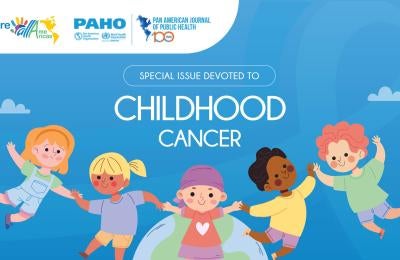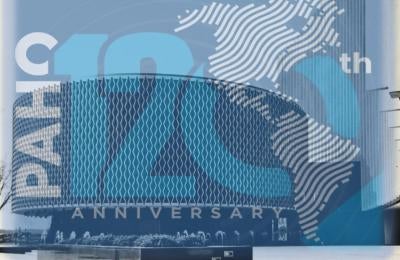The adult mortality profile by cause of death in 10 Latin American countries (2000–2016)
Objective.
To investigate the adult mortality profile from eight causes of death in 10 Latin American countries (Argentina, Brazil, Chile, Colombia, Costa Rica, Ecuador, Mexico, Paraguay, Peru, and Uruguay) from 2000 to 2016.
Methods.
The cause of death effect in adult mortality was calculated as the hypothetical gain in the average number of years lived in adulthood (15 to 60 years old), in a cause-deleted life table. Mortality information by cause, sex, and age group came from the World Health Organization.














